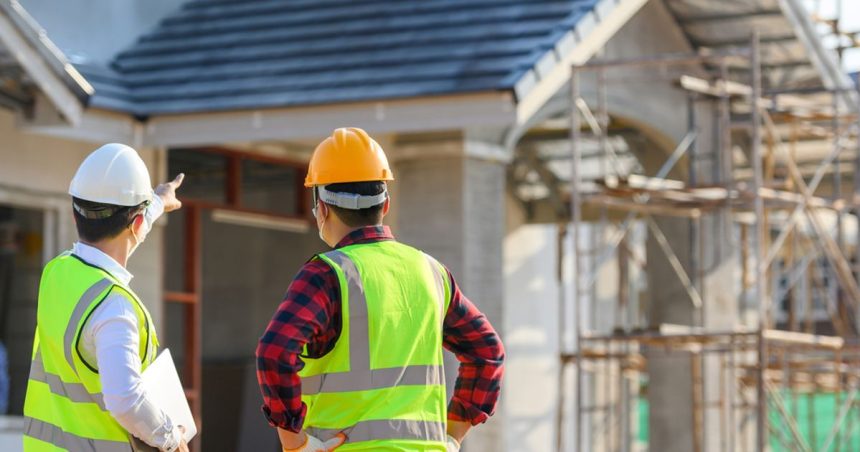Builders are ringing alarm bells over the country’s lagging home approvals only days after the first shovel breaks ground on Albanese’s ambitious Housing Accords.
Data from the Australian Bureau of Statistics (ABS) have shown a glimmer of hope for the industry, with new home building approvals rising 5.5 per cent to a six-month high, but builders warn we are still on track to fall short of the government targets.
Master Builders Australia chief economist Shane Garrett said despite the promising spike in activity in detached homes and high-density projects, more needed to be done.
“During May, higher density home building approvals saw growth of 14.2 per cent, which is a particular area of the market that needs to see a significant increase in activity,” said Mr Garrett.
“However, over the year to May 2024, just 164,000 new homes were given the green light, well below the 240,000 needed per year.
The news is a shaky first step for the Housing Accords as the government attempts to make good on its promise to build 1.2 million homes over the next five years.
With the building levels still lagging 1.5 per cent compared to this time last year, Garrett said the movement would be lucky to build 820,000 homes.
And he’s not alone. An independent report earlier this year from the Housing Industry Association (HIA) found that blown construction times, excessive red tape and a rising demand were all setting Albanese’s Housing Fund to fall short by at least 200,000 homes by 2029.
“It is possible to build 1.2 million new homes over five years but it will require significant policy reforms,” said HIA Chief Economist Tim Reardon at the time.
“These reforms need to include lowering taxes on home building, easing pressures on construction costs, and decreasing land costs.”
Four months later, Master Builders CEO Denita Wawn says that policymakers have done little to prepare the market and claims the industry just isn’t race-ready.
“Governments have had over 600 days to align all policy levers and help put the industry in the best possible position to build enough new homes,” said Wawn.
“While there’s been some progress at a state and federal level, particularly in the housing portfolios, it has simply not been fast enough or is being undermined by other policies.
“Simply put, investment in new home building does not stack up without further reform.
Reforms needed to remove roadblocks
If this ship is to have any chance of righting itself in the coming months, Master Builders say it’s up to state and federal Governments to clear the path so builders can get the job done.
“Industrial relations laws, worker shortages, slow planning approvals, a lack of critical infrastructure, high developer taxes and charges, and licensing delays all add to the cost and time it takes to build,” said Wawn.
“We need to build a significant amount of higher-density homes, particularly to relieve the pressure on the rental market, but the builders who are relied upon to deliver these projects are now hamstrung by restrictive CFMEU pattern EBAs.”
Mr Reardon said that addressing tax burdens, laborious planning processes and land constraints would also go a long way to edging home builds over the finish line and finally pressing pause on the country’s lingering housing crisis.
“Increasing the number of homes built will be necessary to address longstanding housing shortages,” added Reardon.







